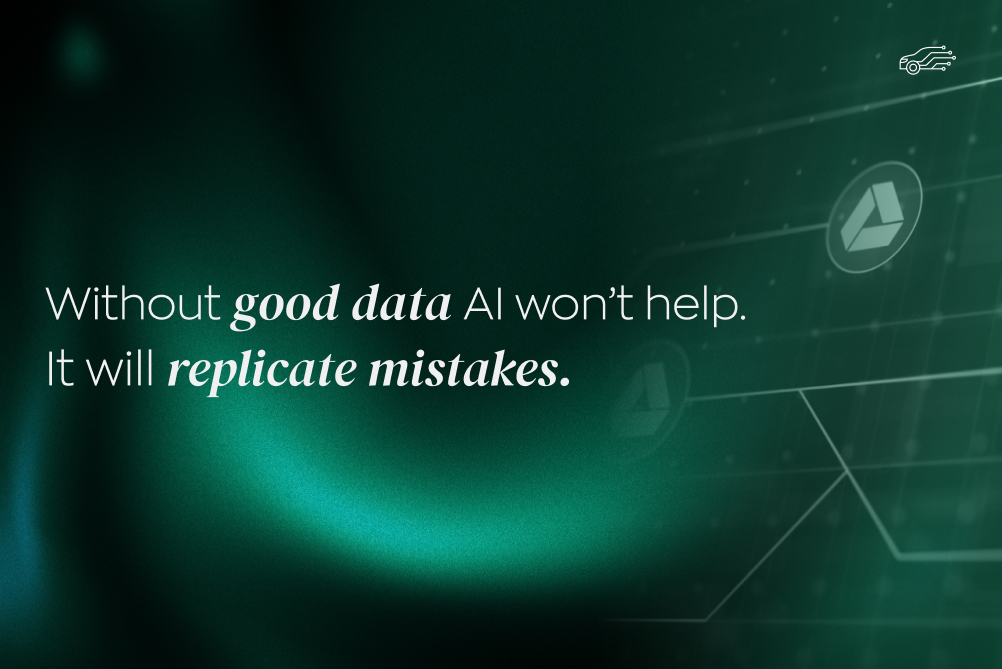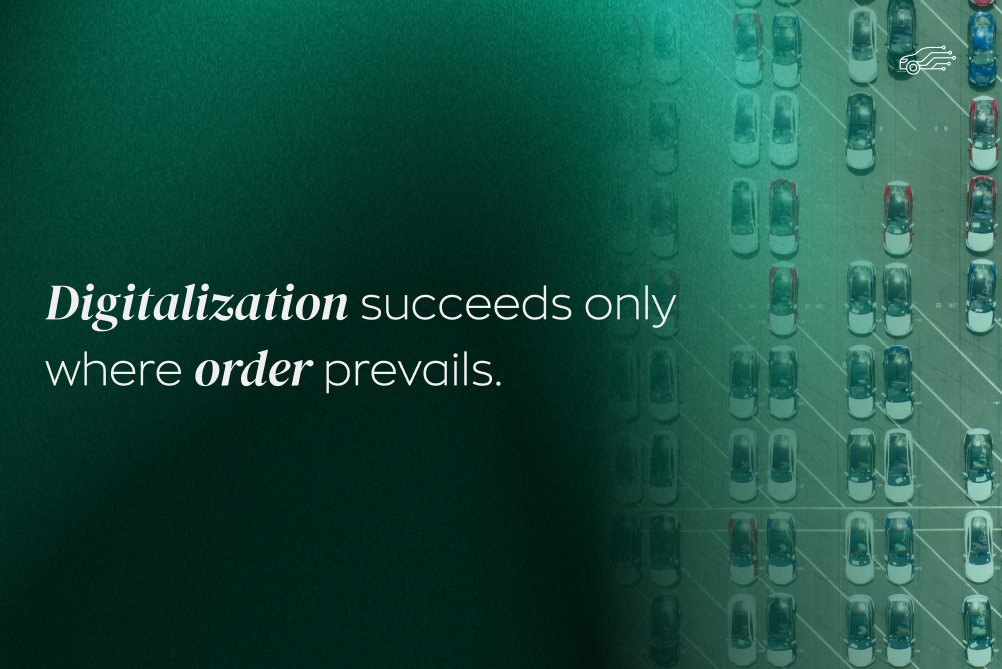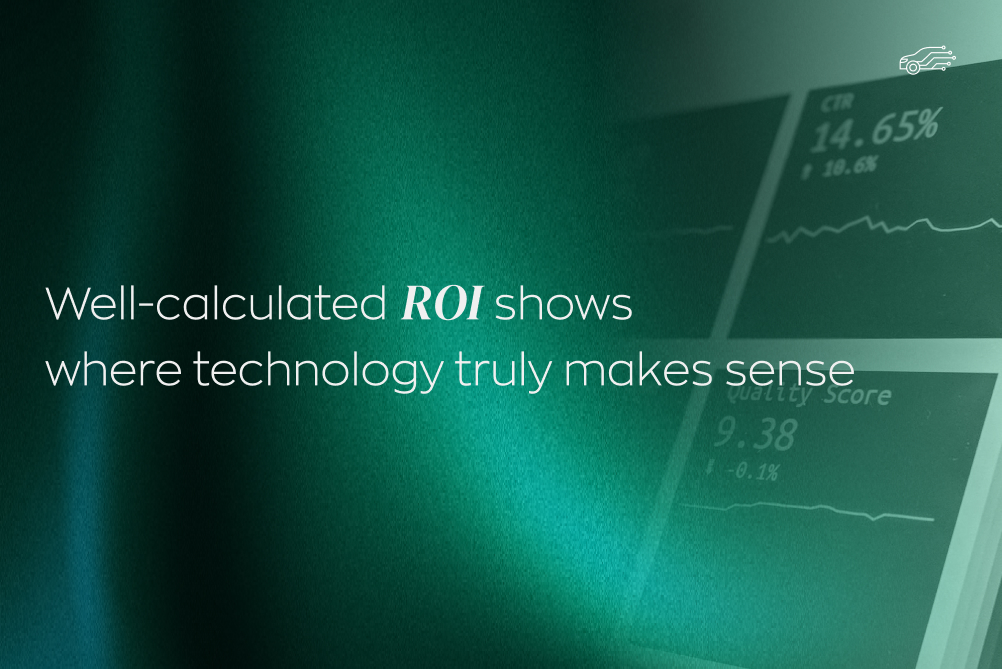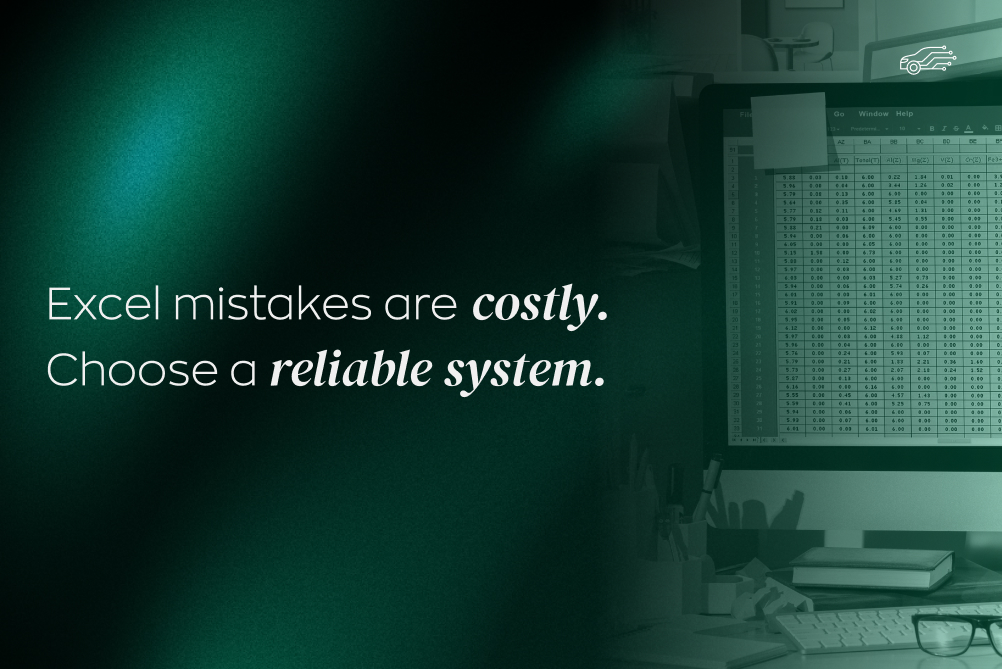Introduction
In the era of technology, the financial services sector is undergoing a remarkable transformation with the advent of Artificial Intelligence (AI). AI is revolutionizing traditional methodologies, reshaping decision-making, risk management, and customer service. From predictive analysis to personalized banking experiences, AI is driving efficiency and security.
Join us as we explore how AI is shifting the way the financial sector operates, ushering in a new era of intelligent and secure financial practices.
The emerging role of AI in financial services
The financial services industry has a rich history that spans centuries. It constantly adapts to economic changes and technological advancements.
With the introduction of artificial intelligence (AI), the game changed.
AI started with simple automation tasks but quickly evolved into complex decision-making processes.
AI's introduction revolutionized the industry, leading to milestones like chatbots for customer service, AI-powered market analysis, and personalized banking through machine learning algorithms. These advancements not only boosted operational efficiency but also significantly improved customer experience.
As we enter a new era, AI’s role in financial services becomes more crucial. It can redefine the industry, making it more innovative, personalized, and secure. The integration of AI is propelling the industry towards unprecedented growth and innovation.
AI is certain to play a pivotal role in the future of financial services, and its importance is only growing.
Enhancing fraud detection: AI’s role in mitigating financial risks:
The risk of fraud is ever-present in a sensitive industry like financial services. Implementing artificial intelligence (AI) in fraud detection mechanisms is a powerful tool that drastically improves security measures and mitigates risks.
Understanding the threat landscape
The financial services sector faces an ever-evolving landscape of fraud threats, with cybercriminals employing increasingly sophisticated tactics. The Association of Certified Fraud Examiners reports that companies worldwide lose approximately 5% of their annual revenues to fraud.
Traditional detection methods that rely on rule sets, historical data analysis, and human intuition are struggling to keep pace with these relentless attacks, often missing or misidentifying fraudulent activities due to the sheer volume and complexity of transactions.
H3: How AI Transforms Fraud Detection
AI brings a game-changing approach to fraud detection by harnessing machine learning and predictive analytics. It can identify unusual patterns and anomalies in real-time, scan millions of transactions per second, and provide immediate alerts upon detecting suspicious activity.
For example, patte can use pattern recognition to identify a sudden change in a customer’s buying behavior or a transaction from an unusual location, which can signal possible fraud.
Real-world applications
AI’s effectiveness in fraud detection is not just hypothetical; it’s a proven, successful solution with real-world applications. For instance, MasterCard’s Decision Intelligence employs AI to score transactions based on their likelihood of being fraudulent.
This system reportedly reduces false declines, improving customer experience while effectively catching fraud.
Similarly, Danske Bank has implemented AI solutions that have allegedly helped detect suspicious transactions, preventing potentially massive losses.
Integrating AI into financial services promises a future where fraud detection is reactive and proactive. AI doesn’t simply detect fraud—it helps prevent it, safeguarding institutions and their customers from financial risk.
.jpg)
Algorithmic trading: How AI is optimizing trading strategies:
In the fast-paced world of finance, algorithmic trading powered by Artificial Intelligence (AI) has emerged as a significant tool for traders and investors. This section delves into how AI revolutionizes trading strategies, improving accuracy, efficiency, and profitability.
Introduction to algorithmic trading
In the realm of trading, algorithmic or algo trading is a new method that has revolutionized the industry. Traditional trading, which was largely manual and dependent on human decision-making, was often subject to errors, delays, and emotional biases.
On the other hand, algorithmic trading, powered by complex mathematical models, executes trades at lightning speed, with precision and without any emotional interference.
The role of AI in trading
Artificial Intelligence (AI) further amplifies the efficacy of algorithmic trading. AI analyzes vast quantities of market data, spotting patterns and trends that the human mind might overlook.
This sophisticated analysis empowers traders with insightful predictions and effective trading strategies. The fusion of AI in trading brings unprecedented speed and precision, allowing the execution of trades at the most opportune moments based on real-time market conditions - providing methods to maximize profits that were simply not possible prior.
Benefits and risks
AI-driven algorithmic trading has many advantages. It provides traders efficient markets, reduced transaction costs, and maximized profits through high-frequency trades. It also eliminates emotional and human errors, ensuring decisions are based solely on data. However, there are potential risks and challenges.
Over-reliance on AI systems could lead to significant losses due to malfunctioning algorithms or unforeseen market conditions. Moreover, ethical concerns around fair access and market manipulation persist.
AI is poised to transform trading practices, driving efficiency, speed, and precision. However, embracing this technology must be accompanied by stringent risk management protocols and ethical considerations to ensure balanced and fair markets.
The future of fintech: AI-driven transformation in financial services
Let’s explore how AI is reshaping financial services, leaving an indelible mark on everything from analytics to the regulatory landscape to risk management.
Predictive analytics and customer insights
AI has already proven to have the power to revolutionize predictive analytics. By offering personalized experiences that redefine customer relationships in the financial sector, it can identify customer needs, behaviors, and preferences more accurately.
AI achieves this through machine learning models that analyze customer data, identify trends, and predict behaviors.
These insights will enable financial institutions to offer customized, proactive solutions, enhancing customer satisfaction and retention.
Automation and efficiency
AI is spearheading a new era of automation in financial services, streamlining processes, reducing operational costs, and enhancing efficiency. Automated AI systems will handle routine tasks such as claims processing, risk assessment, and fraud detection.
This automation will reduce human errors, freeing personnel to focus on more complex tasks and driving innovation and growth.
Regulatory landscape
As AI integration progresses, the financial sector's regulatory landscape must evolve. New guidelines will need to be created, targeting AI usage specifically, promoting transparency, and addressing ethical considerations. Regulatory bodies will need to balance the need for innovation with ensuring customer protection and market integrity.
The future of fintech is bright, with AI standing at the forefront of this transformation. The fusion of AI and financial services promises a technologically advanced, efficient, and customer-centric future.
AI and risk management
Artificial Intelligence will redefine risk management in the financial sector, making it more accurate, efficient, and forward-thinking. Machine learning algorithms can analyze vast amounts of data at an unprecedented speed, identifying patterns and trends that might escape human analysis.
These sophisticated models will allow financial institutions to anticipate potential risks and take proactive measures to mitigate them. Furthermore, AI will improve stress testing - a key aspect of risk management, ensuring financial products and services are robust enough to withstand volatile market conditions.
The advent of AI in risk management will significantly enhance the resilience and stability of the financial sector.
Leading the AI revolution in FinTech
If you’re serious about utilizing AI and automation in your financial services, Qarbon IT is at the cutting edge of the AI revolution in the fintech industry. With a robust portfolio of AI-driven solutions, we’re redefining financial services through technological interventions, optimizing efficiency, and facilitating a more personalized customer experience.
We provide AI-driven services for a variety of solutions:
- Risk management
- Customer service automation
- Predictive analytics
Through collaborating and partnering with leading financial institutions, we can provide industry-specific solutions that fit your needs perfectly.
Contact us at Qarbon IT today to learn how we can transform your financial services.
Conclusion
The integration of AI in the financial sector is not only inevitable but also full of immense potential. As we navigate the challenges and complexities of creating a balanced regulatory landscape, it is clear that AI stands to revolutionize fintech in ways we have yet to comprehend fully.







.png)




.jpg)
.jpg)


.jpg)
.jpg)



.jpg)
.jpg)
.jpg)
.jpg)
.jpg)
.jpg)

.jpg)
.jpg)
.jpg)
.jpg)
.jpg)
.jpg)
.jpg)
.jpg)
.jpg)
.jpg)






.jpg)
.jpg)
.jpg)

.jpg)

.jpg)


.jpg)
.jpg)

.jpg)
.jpg)

.jpg)

.jpg)
.jpg)
.jpg)

.jpg)
.webp)

.webp)


.jpg)









.webp)


.webp)






















